I want to share a secret with you. I know a place where chickadees eat right out of your hand. Not only do the chickadees land on your hand but sometimes nuthatches and tufted titmice join in on the feast.
For the past 18 years, I’ve made an annual visit in the dead of winter when the snow covered ground prevents the birds from finding enough sustenance. Black oil sunflower seeds are their favorite cuisine.
The perfect time to go is on a sunny cold morning after a snowstorm. Trudge in on snowshoes and carry lots of seeds in your pockets. They are ravenous, and you become a human bird feeder as a steady procession of birds land on your hand. It’s like Logan during the commuter rush on a Friday afternoon. My nephew Mark lives nearby and visits often. He once fed 105 birds in two hours.
Despite the cold, I always take off my gloves so I can feel their little feet on my hands. The nuthatches and titmice feel heavy after a slew of chickadees. Birds, like people, have their own personalities. Some are bolder than others and will sift through the seeds in my hand to find the perfect one. Others have to make several flights near me before daring to quickly land, grab a seed, and dart off. I have been taking my grandchildren hereto feed the birds since they were toddlers. Even as tweens, they still love the experience. When the cold seeps in and icicles start to form on our noses, I suggest it’s time to go and get some hot chocolate. I love it when they plead “Just one more bird.”
I’m sure there are other places where people can feed wild birds by hand but the only one I know of is in Topsfield, Massachusetts, at the Ipswich River Wildlife Sanctuary. It is about a 2-hour drive from Grantham so requires some time and commitment. The sanctuary itself is beautiful and offers twelve miles of trails. The land was molded by glaciers and includes a drumlin and an enormous esker that is fun to hike. A huge rockery sits near the beaver pond. The rockery was built in 1950 and has narrow passages and a cave. Very cool.
To find info on sanctuary, go to
https://www.massaudubon.org/get-outdoors/wildlife-sanctuaries/ipswich-river/about
This blog seems to have a life of its own and has gone off in many directions. If you know of a special place, please send me a write up to share.
For the past 18 years, I’ve made an annual visit in the dead of winter when the snow covered ground prevents the birds from finding enough sustenance. Black oil sunflower seeds are their favorite cuisine.
The perfect time to go is on a sunny cold morning after a snowstorm. Trudge in on snowshoes and carry lots of seeds in your pockets. They are ravenous, and you become a human bird feeder as a steady procession of birds land on your hand. It’s like Logan during the commuter rush on a Friday afternoon. My nephew Mark lives nearby and visits often. He once fed 105 birds in two hours.
Despite the cold, I always take off my gloves so I can feel their little feet on my hands. The nuthatches and titmice feel heavy after a slew of chickadees. Birds, like people, have their own personalities. Some are bolder than others and will sift through the seeds in my hand to find the perfect one. Others have to make several flights near me before daring to quickly land, grab a seed, and dart off. I have been taking my grandchildren hereto feed the birds since they were toddlers. Even as tweens, they still love the experience. When the cold seeps in and icicles start to form on our noses, I suggest it’s time to go and get some hot chocolate. I love it when they plead “Just one more bird.”
I’m sure there are other places where people can feed wild birds by hand but the only one I know of is in Topsfield, Massachusetts, at the Ipswich River Wildlife Sanctuary. It is about a 2-hour drive from Grantham so requires some time and commitment. The sanctuary itself is beautiful and offers twelve miles of trails. The land was molded by glaciers and includes a drumlin and an enormous esker that is fun to hike. A huge rockery sits near the beaver pond. The rockery was built in 1950 and has narrow passages and a cave. Very cool.
To find info on sanctuary, go to
https://www.massaudubon.org/get-outdoors/wildlife-sanctuaries/ipswich-river/about
This blog seems to have a life of its own and has gone off in many directions. If you know of a special place, please send me a write up to share.


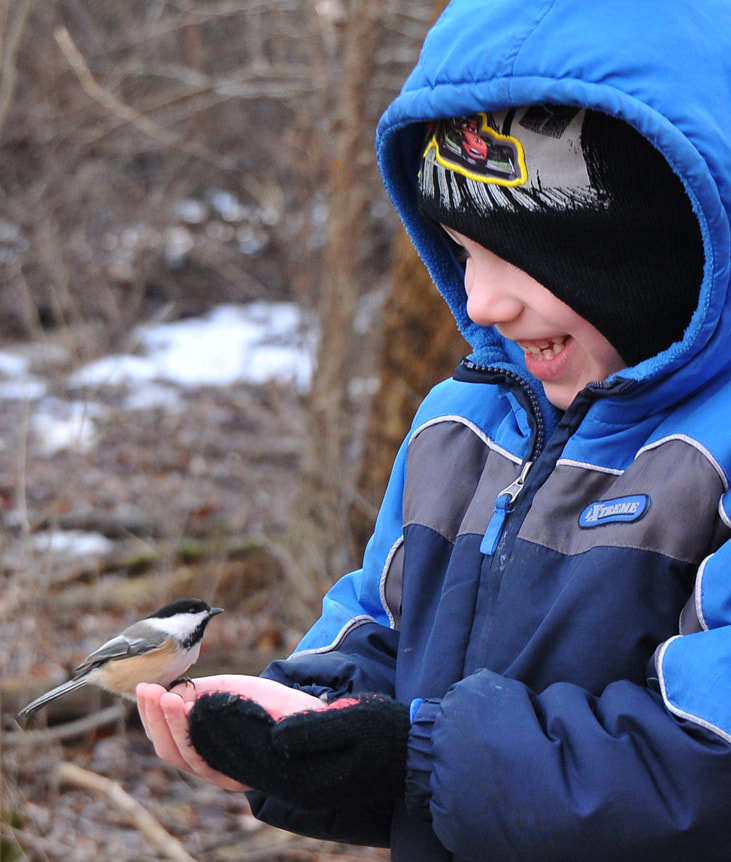
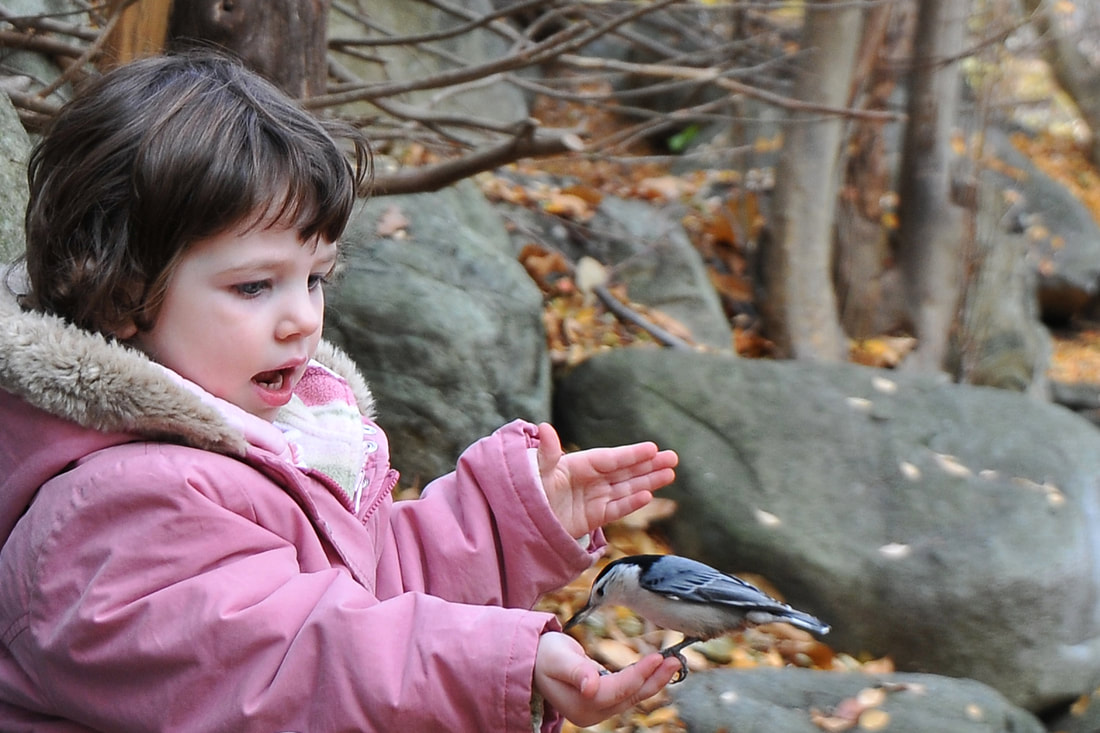
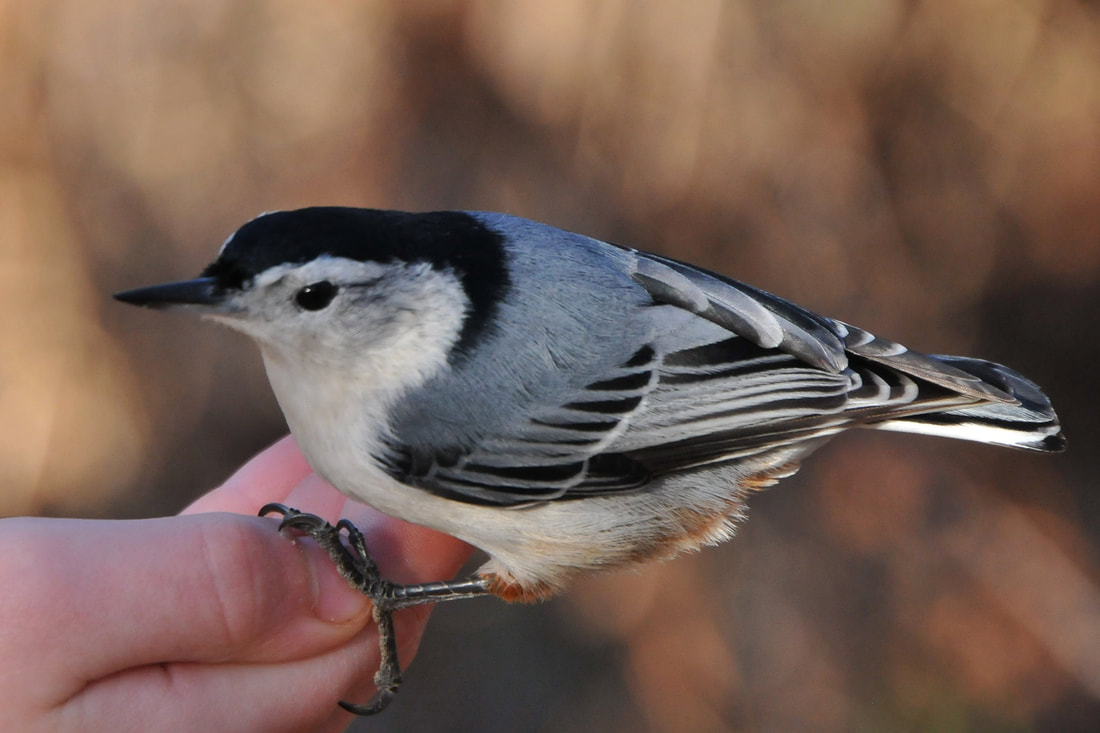
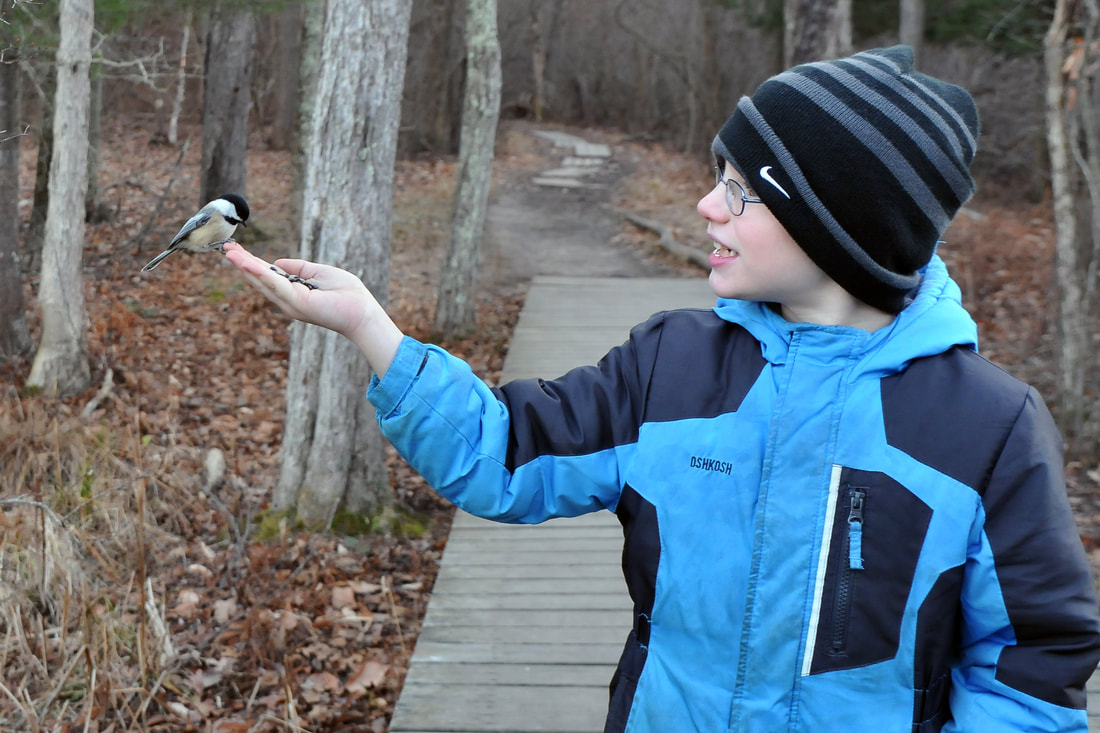
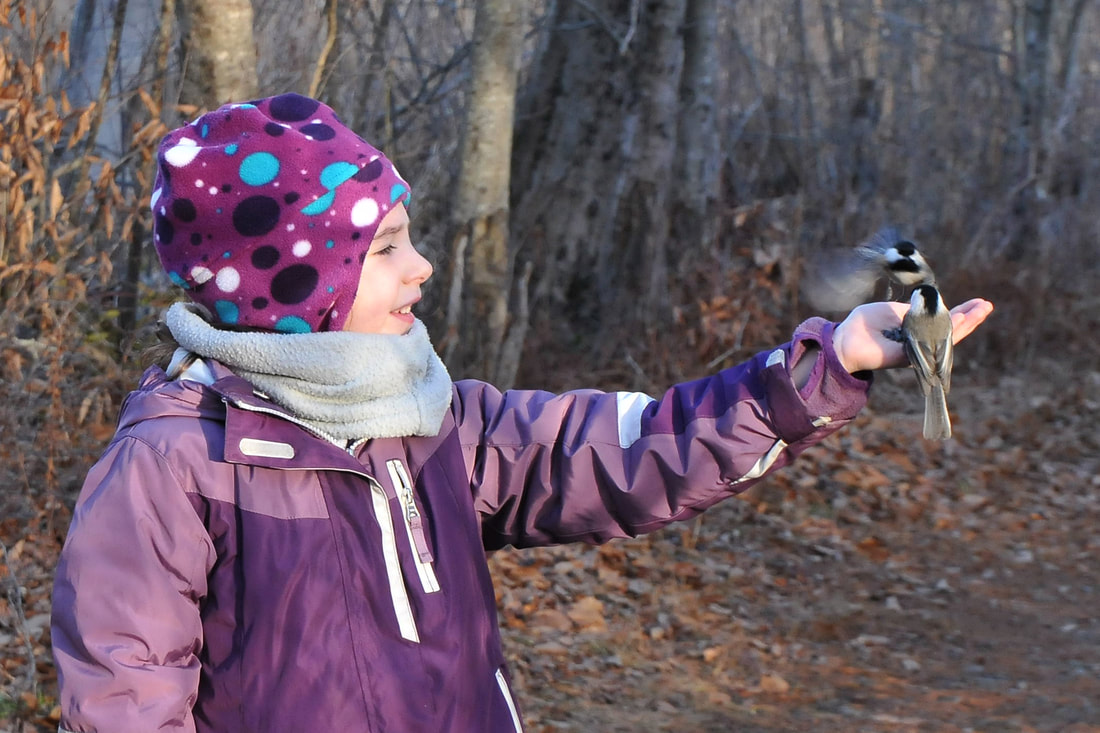
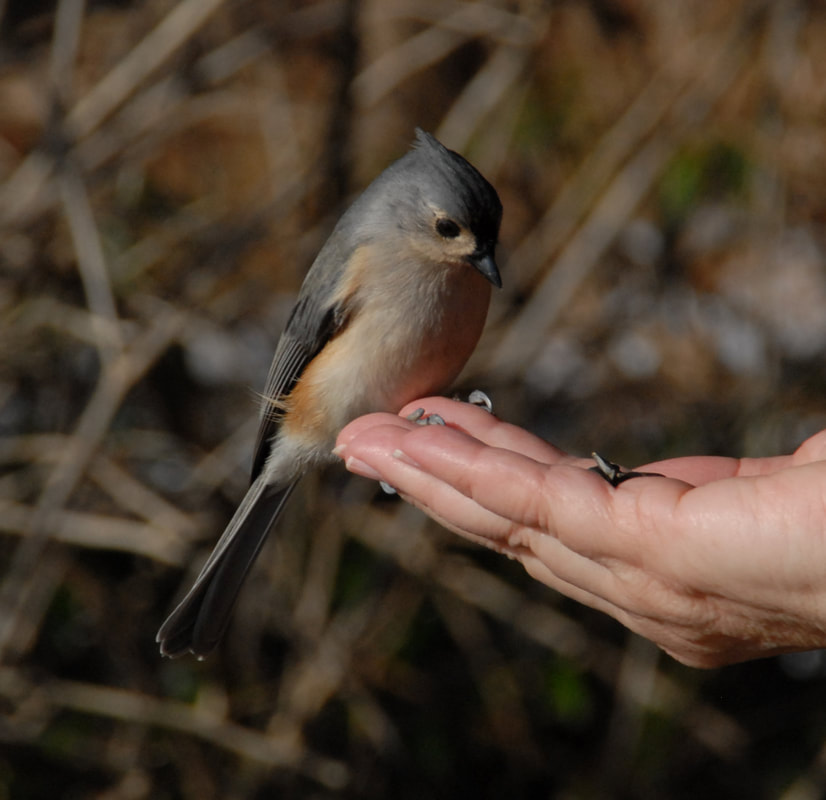

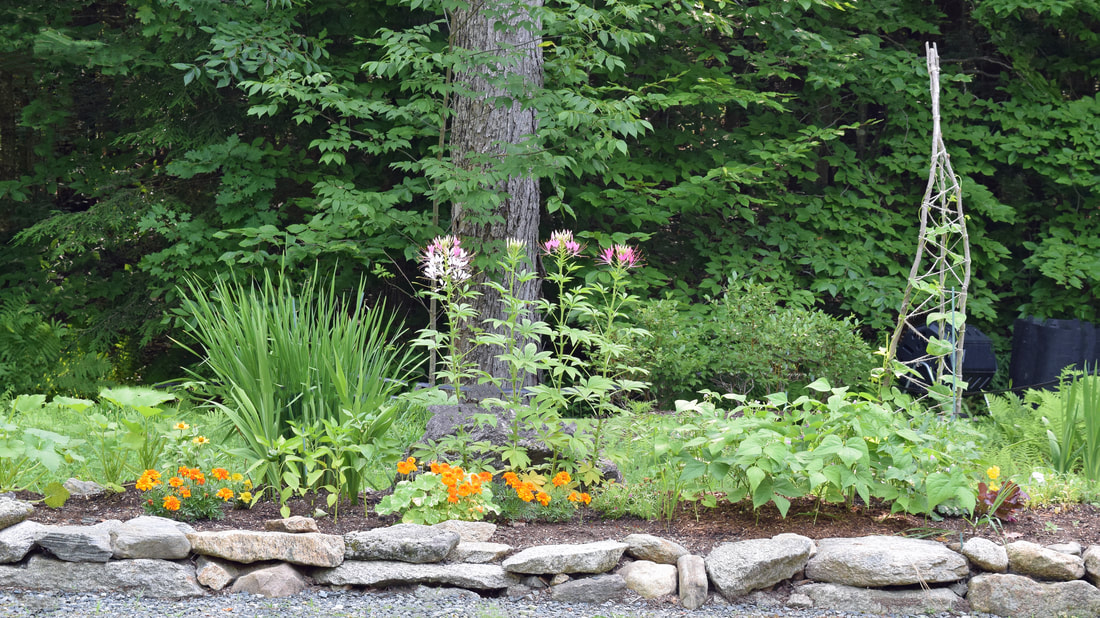
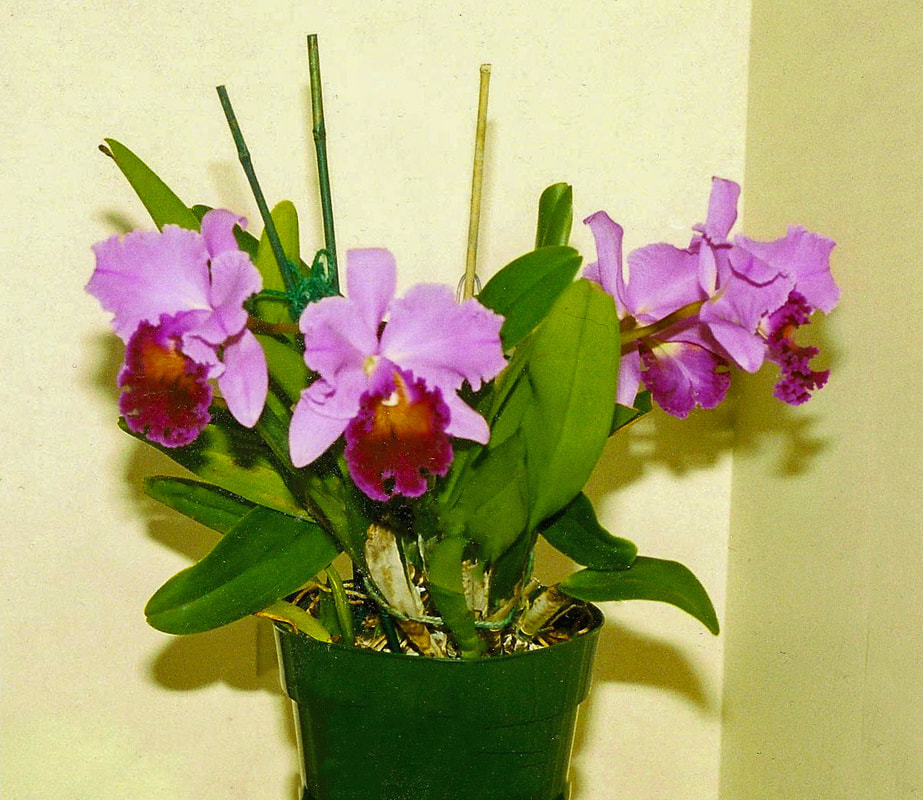
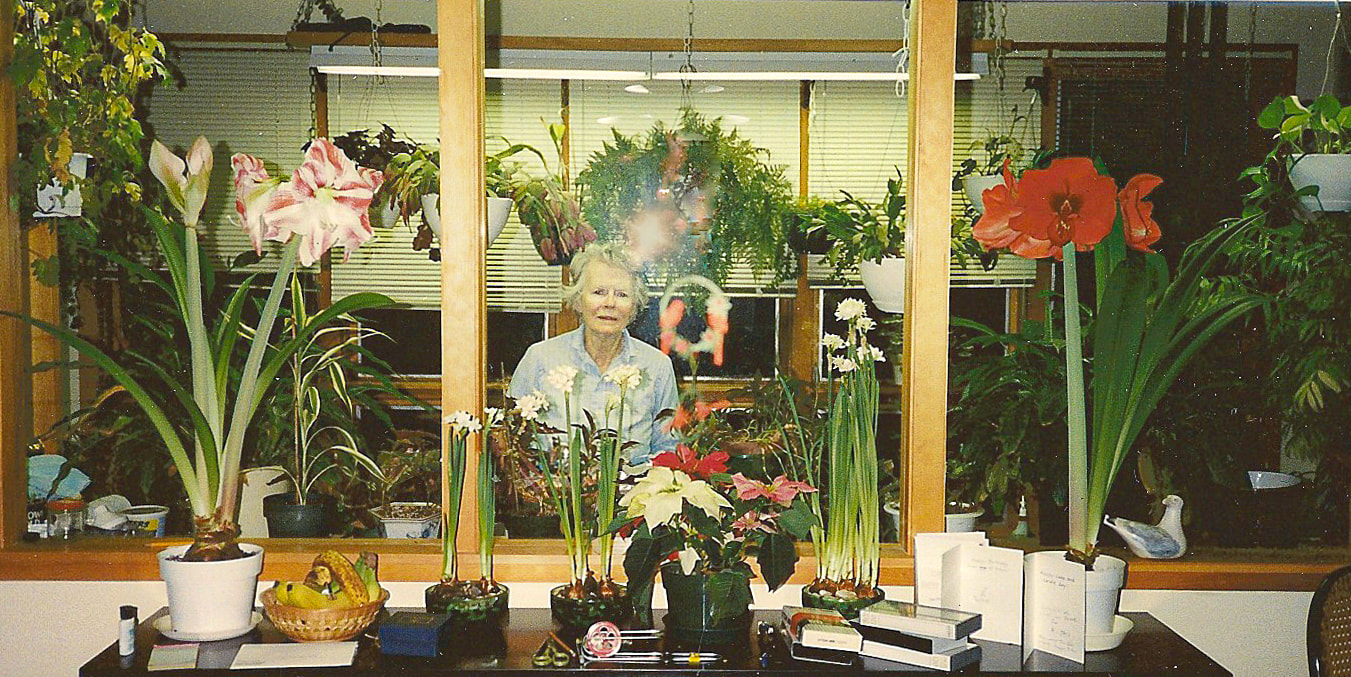
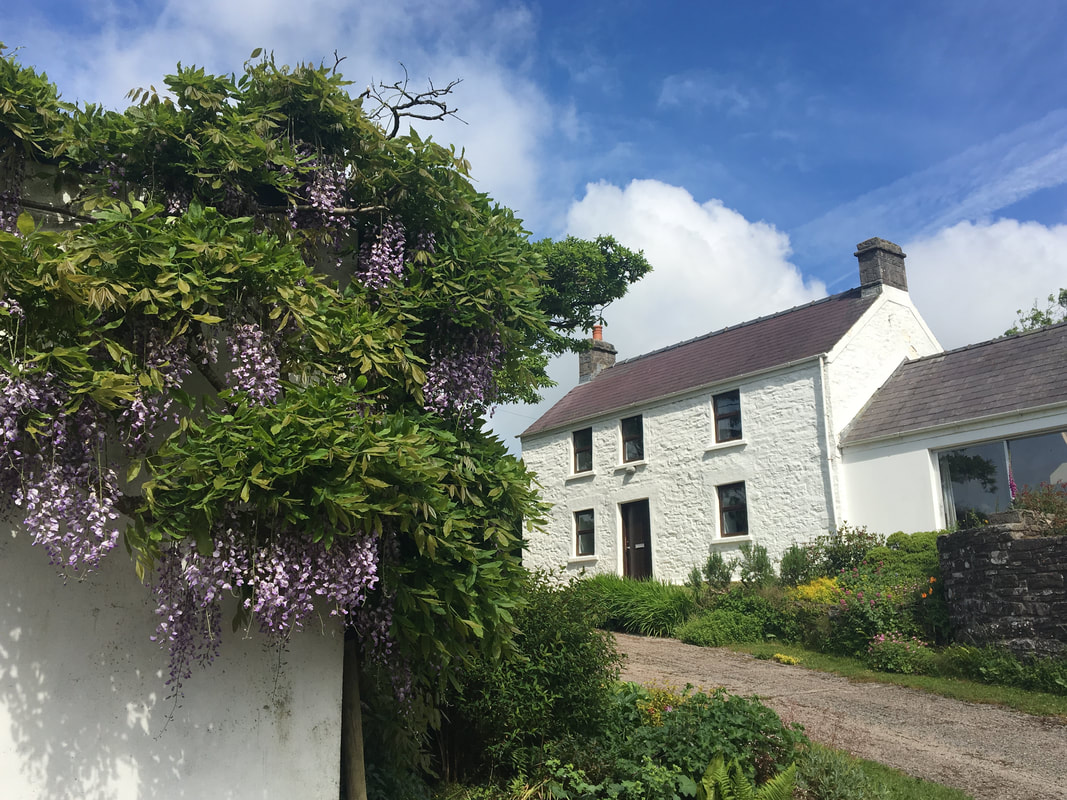
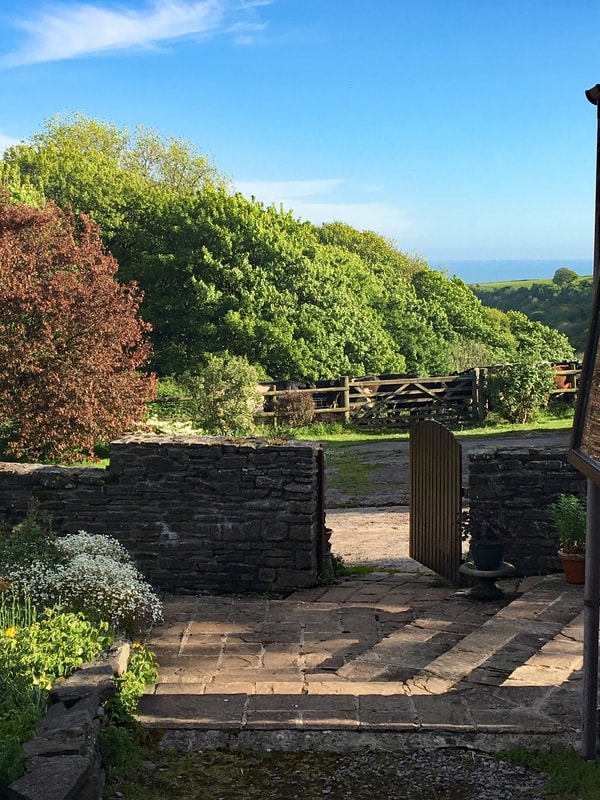
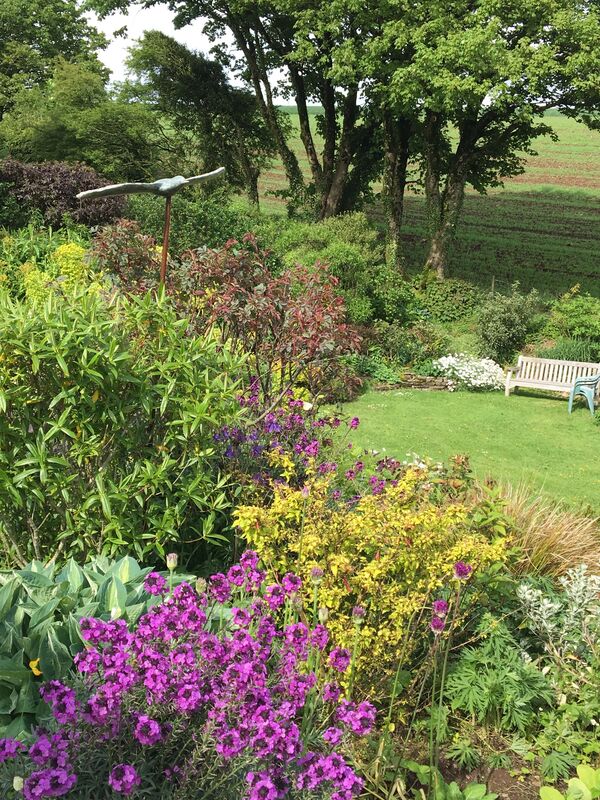
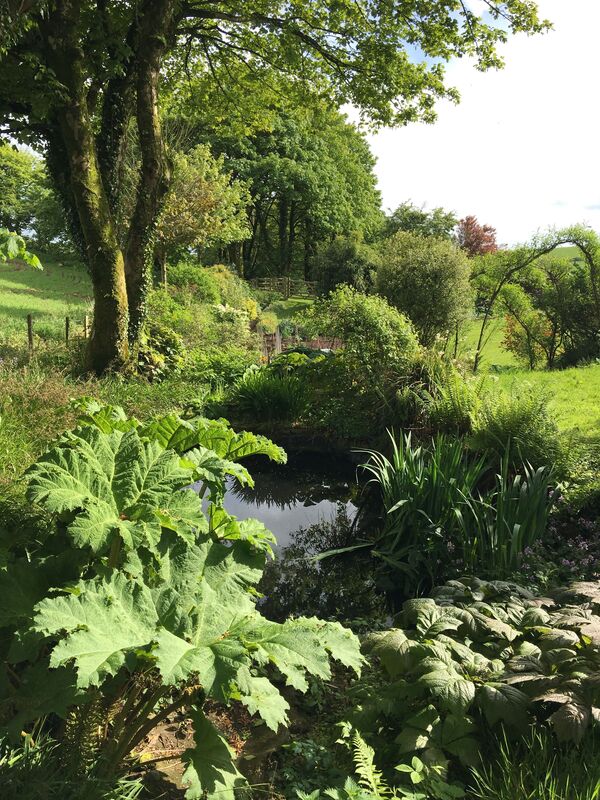
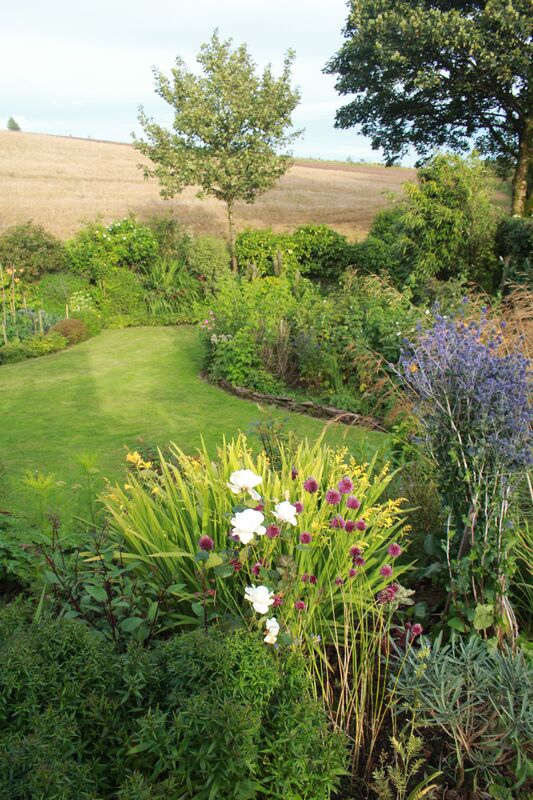
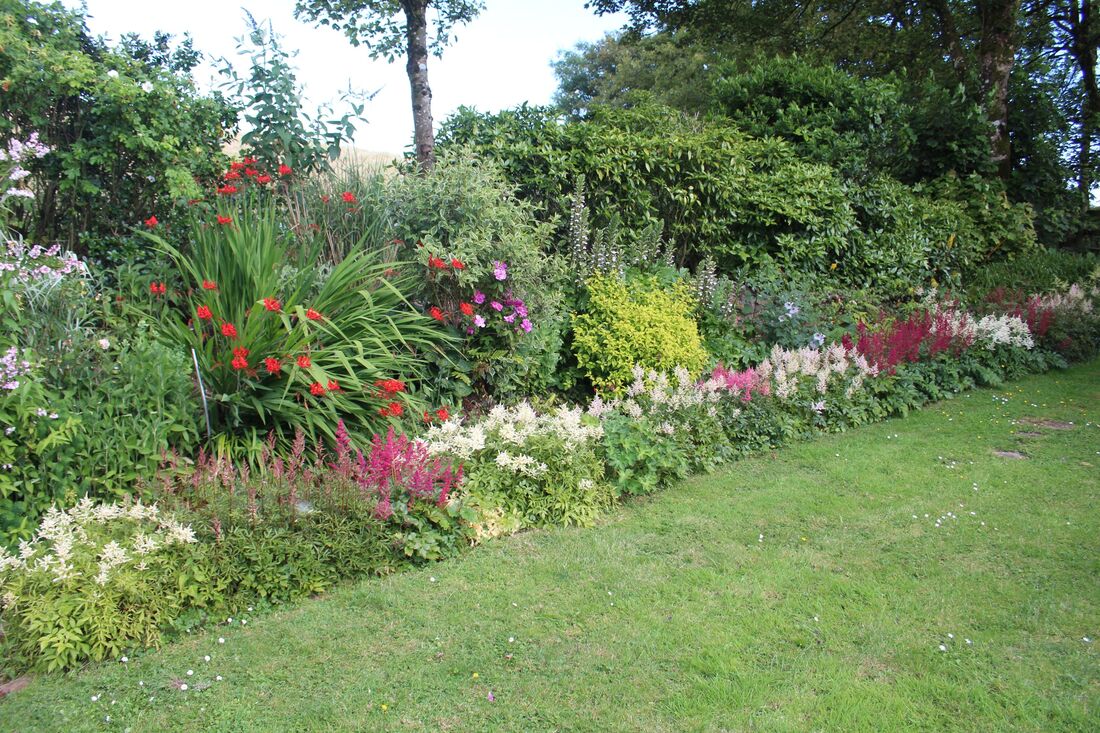
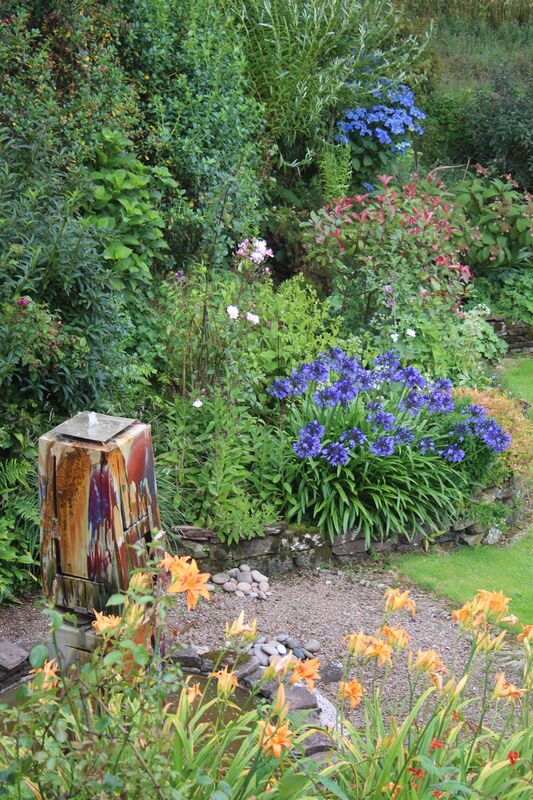
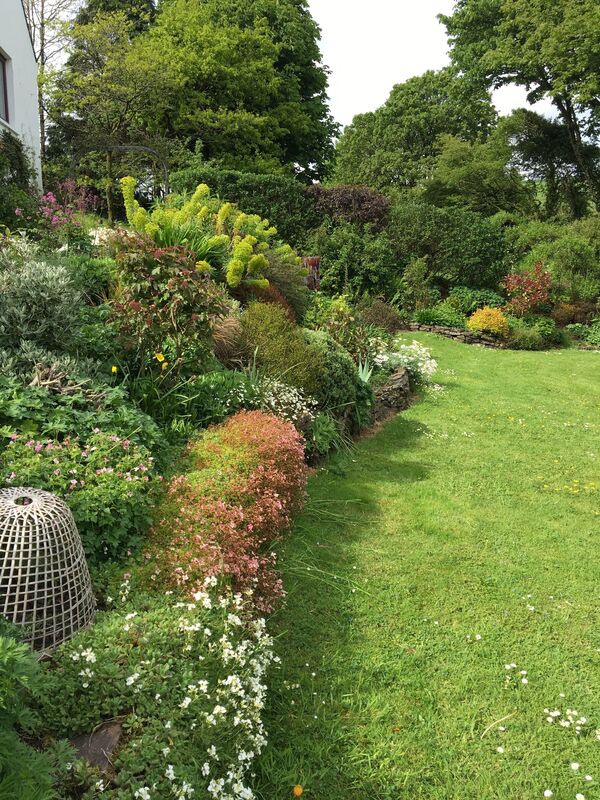
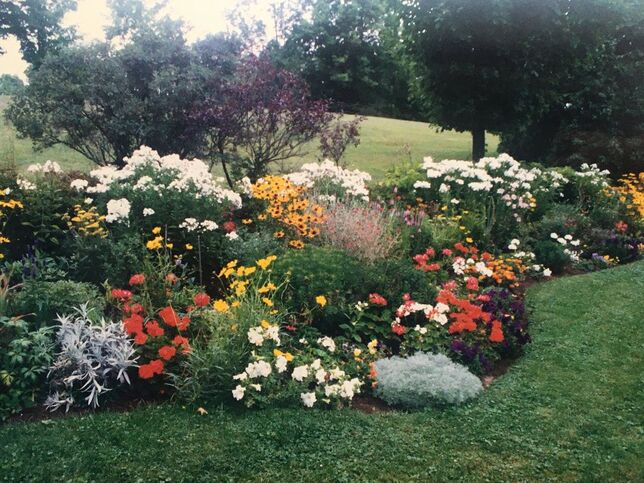
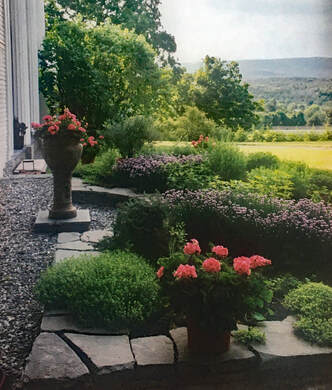
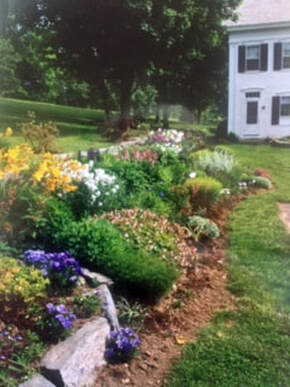
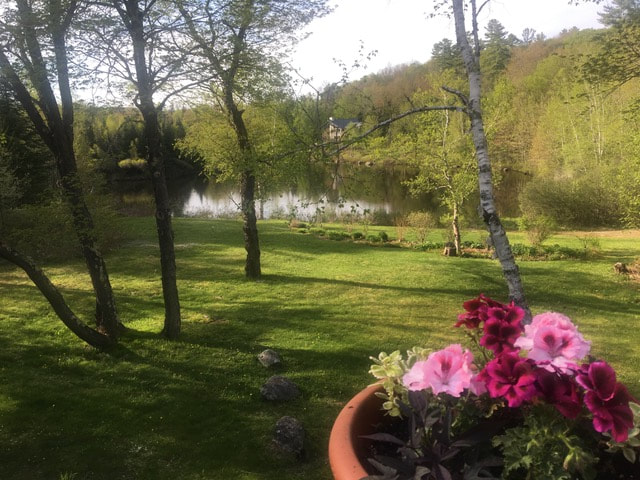
 RSS Feed
RSS Feed